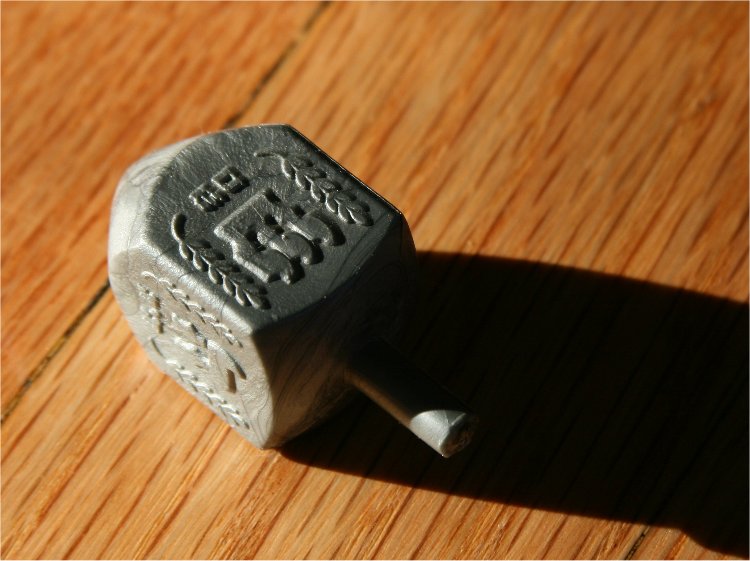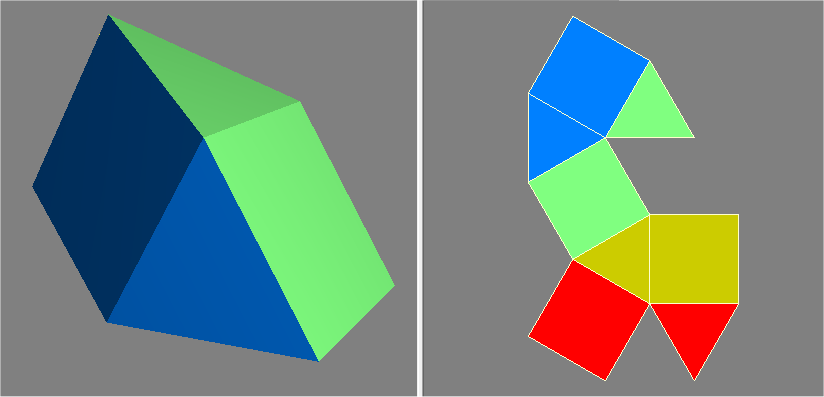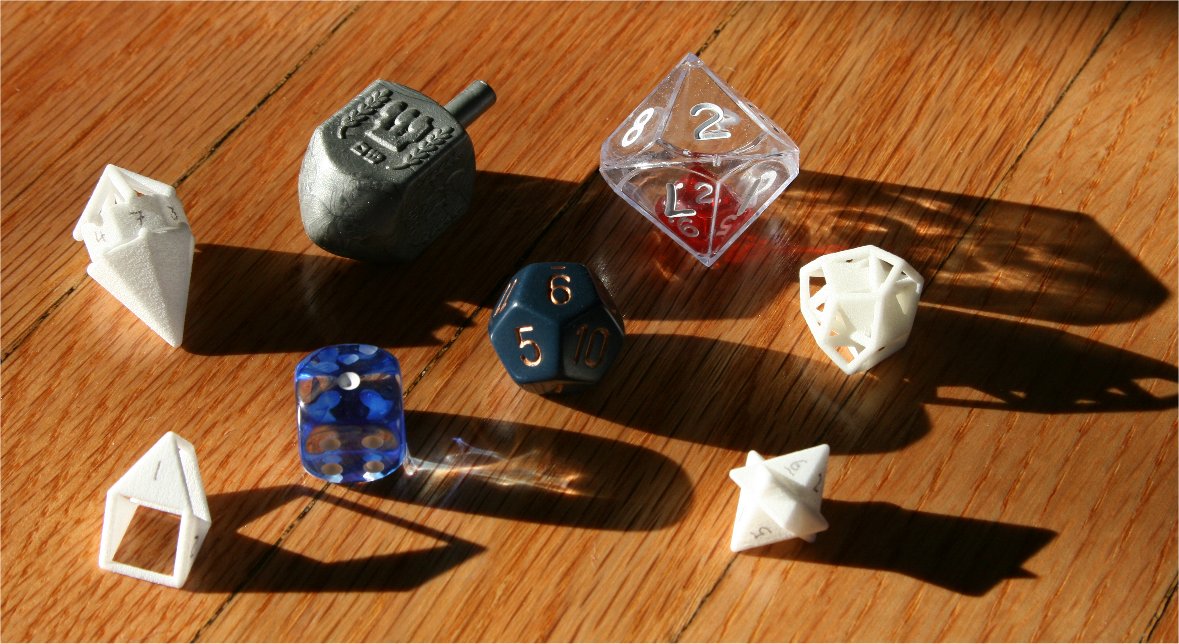Yes, there are conditions broader than isohedral symmetry that guarantee a convex polyhedron represents a fair die. Consider a teetotum or dreidl. These shapes aren't isohedra, but they are mathematically fair dice in the sense that each face has an equal chance of being rolled. True, they're not convex, but you can only land on the convex hull, so you could either consider them effectively convex or easily modify them so they're convex while preserving the property of being non-isohedral fair dice.

Those shapes are examples of a class of object I call polyisohedra ( http://loki3.com/poly/polyisohedra.html ), where sets of faces are equivalent. A polyisohedron modified with the proper polyisohedral symmetry preserves the property of being a fair die, which is how I derive teetotums and dreidls from this more general category of fair dice.
A simple example of a polyisohedron is a cube where you combine adjacent pairs of faces to essentially make a fair 3 sided die. More interesting, however, are cases where you have to combine multiple faces to make the shape into a fair die. One example is a gyrobifastigium, a Johnson solid with 4 square faces and 4 equilateral triangle faces. Obviously it's not a fair 8 sided die, but if you give the same label to square-triangle face pairs, you end up with a fair 4 sided die. For this shape, the triangular sides aren't stable, so you can only land on the square faces, but this isn't a required feature. However, unstable faces are used in other non-isohedral shapes commonly used as fair dice, such as barrels.

I have more examples and details posted at http://loki3.com/poly/fair-dice.html.

